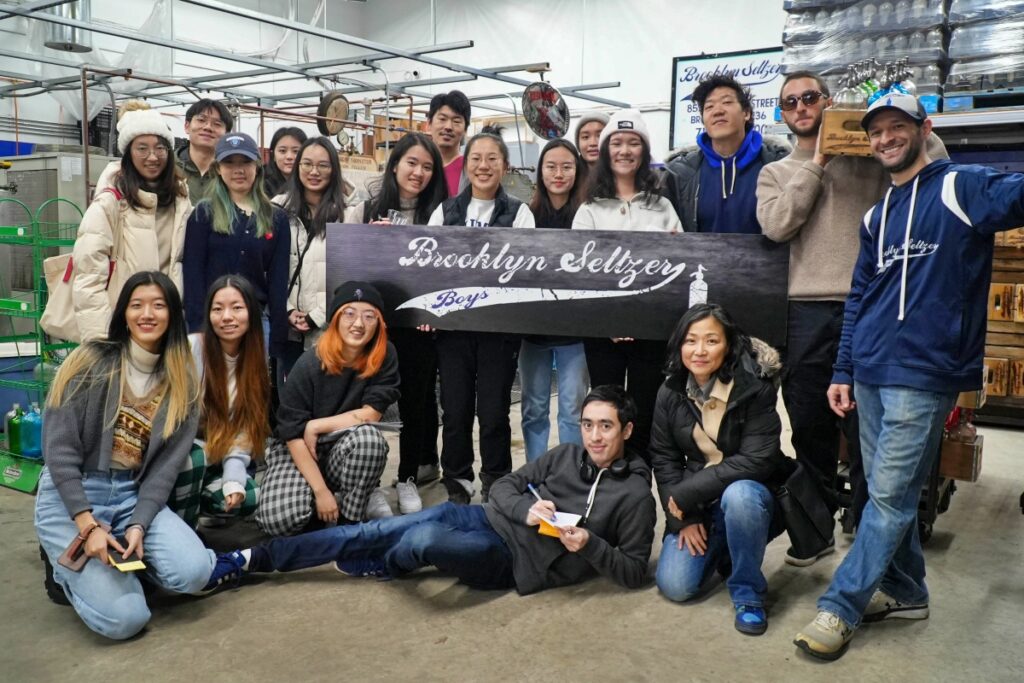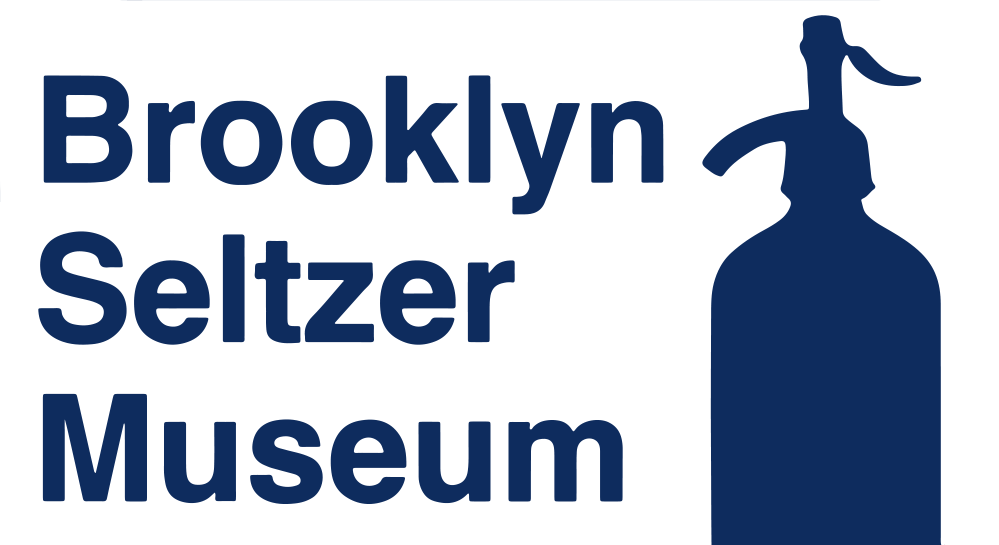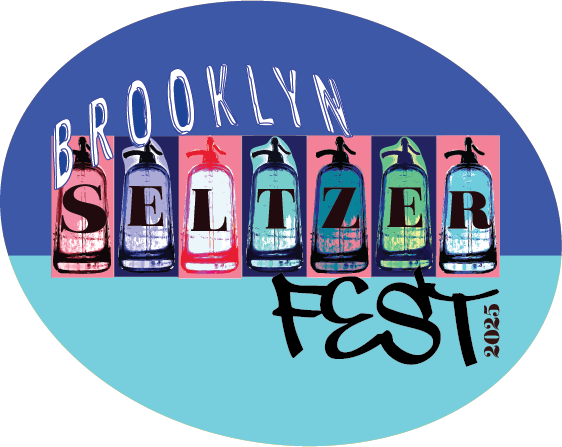
In June of 2023, our launch partners at Teachers College, Columbia University, published “Do You Know How to Design a Museum? TC students bring the story of seltzer to life in a new Brooklyn experience”. Read it here or check-out some highlights below:
 Ice cream, subways and even sex are among the topics you can explore at specialty museums around New York. But a new immersive experience focused on the history of seltzer comes into fruition this spring thanks to a collaboration with 16 Teachers College students and faculty member Yoo Kyung Chang, senior lecturer in the Communication, Media and Learning Technologies Design (CMLTD) program.
Ice cream, subways and even sex are among the topics you can explore at specialty museums around New York. But a new immersive experience focused on the history of seltzer comes into fruition this spring thanks to a collaboration with 16 Teachers College students and faculty member Yoo Kyung Chang, senior lecturer in the Communication, Media and Learning Technologies Design (CMLTD) program.
The Brooklyn Seltzer Museum, which opened May 6, was the culmination of approximately 10 weeks of work from the group, which leveraged learning design principles based on situated and constructivist learning theories and scholarship to develop, pitch and help execute permanent exhibits. After participating in a design workshop, students from across the College embarked on an authentic and challenging journey that included a needs assessment, design, iteration, and pitching with the client and subject matter expert.
“All of our students can really benefit from having a hands-on and authentic experience integrating classroom learning to practice with guidance from experts in the field,” explains Chang, who with museum exhibition designer Barry Joseph facilitated and guided the collaboration. Building a hands-on learning experience at the Brooklyn Seltzer Boys factory, students focused on developing exhibits with effective learning methods and tech tools like virtual reality and digital media. Students also incorporated storytelling to support interdisciplinary learning across all age groups at the museum — the latest chapter for a New York family business established 80 years ago.
“I never thought seltzer could be a learning opportunity, but learning can happen anywhere,” explains CMLTD student Xiaoyan Qin, who describes the exhibit as a window through which one can learn more about everything from chemical engineering to the history of Jewish culture within New York City. “This has really opened my eyes to see the value of telling stories through objects. Instructional design can be very creative and go way beyond traditional teaching and learning.”
Qin and many of her peers plan to pursue careers in instructional design — and working outside of the classroom with a real client and the gravity of actual project constraints provided vital work experience.
“A real client is very different from a class project in that you have to work with real constraints, and every one of your designs has a direct consequence. You’re learning how to work remotely and be agile,” explains student Xichen Li, whose work focused on the interactive digital simulation for STEM learning used at the museum. “You have to predict and forecast the uncertainties and develop back-up plans and solutions for the highest priorities.”
For student Helen Song, who years ago lived just minutes away from what would become the Brooklyn Seltzer Museum, the project quickly became a critical inflection point in her learning.
“It really prepared us mentally to work and know what we want to do in an actual career,” explains Song, who with her friends and classmates, was still working on the exhibits just hours before their opening. “We were exhausted, but happy…We wouldn’t have this opportunity as entry-level workers at entry-level jobs. The respect, levels of support were things I couldn’t imagine happening years ago.”
Song and classmates like Keying Chen celebrated by meeting museum-goers on opening day, and watching them engage with the class’ creations.
“It’s really touching to see how they really care about our work and how we can bring some changes with our work,” explained Chen. “I can be too in the weeds with the work, and the opening event was a moment that reminded me that I have the power to make a difference and I’m expected to make a difference.”

